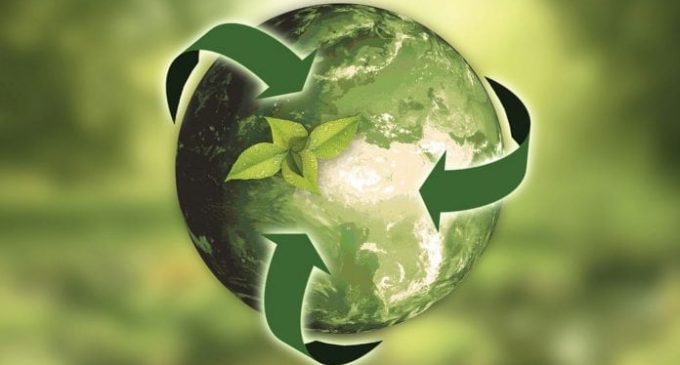New EU Circular Economy Action Plan Shows the way to a Climate-neutral, Competitive Economy of Empowered Consumers

The European Commission has adopted the EU’s new Circular Economy Action Plan. It is one of the main building blocks of the European Green Deal and aims to make the EU economy produce more durable, longer-lasting, repairable consumer products, maximising the use of recycled material and ensuring that nothing is wasted.
Executive Vice-President for the European Green Deal, Frans Timmermans, said: “To achieve climate-neutrality by 2050, to preserve our natural environment, and to strengthen our economic competitiveness, requires a fully circular economy. Today, our economy is still mostly linear, with only 12% of secondary materials and resources being brought back into the economy. Many products break down too easily, cannot be reused, repaired or recycled, or are made for single use only. There is a huge potential to be exploited both for businesses and consumers. With the plan we launch action to transform the way products are made and empower consumers to make sustainable choices for their own benefit and that of the environment.”
The transition towards a circular economy is already underway, with frontrunner businesses, consumers and public authorities in Europe embracing this sustainable model. The Commission will make sure that the circular economy transition delivers opportunities for all, leaving no one behind. The Circular Economy Action Plan put forward today as part of the EU Industrial Strategy presents measures to:
- Make sustainable products the norm in the EU. The Commission will propose legislation on Sustainable Product Policy, to ensure that products placed on the EU market are designed to last longer, are easier to reuse, repair and recycle, and incorporate as much as possible recycled material instead of primary raw material. Single-use will be restricted, premature obsolescence tackled and the destruction of unsold durable goods banned.
- Empower consumers. Consumers will have access to reliable information on issues such as the reparability and durability of products to help them make environmentally sustainable choices. Consumers will benefit from a true ‘Right to Repair’.
- Focus on the sectors that use the most resources and where the potential for circularity is high. The Commission will launch concrete actions on:
- electronics and ICT – a ‘Circular Electronics Initiative’ to have longer product lifetimes, and improve the collection and treatment of waste
- batteries and vehicles – new regulatory framework for batteries for enhancing the sustainability and boosting the circular potential of batteries
- packaging – new mandatory requirements on what is allowed on the EU market, including the reduction of (over)packaging
- plastics – new mandatory requirements for recycled content and special attention on microplastics as well as biobased and biodegradable plastics
- textiles – a new EU Strategy for Textiles to strengthen competitiveness and innovation in the sector and boost the EU market for textile reuse
- construction and buildings – a comprehensive Strategy for a Sustainably Built Environment promoting circularity principles for buildings
- food – new legislative initiative on reuse to substitute single-use packaging, tableware and cutlery by reusable products in food services
- Ensure less waste. The focus will be on avoiding waste altogether and transforming it into high-quality secondary resources that benefit from a well-functioning market for secondary raw materials. The Commission will explore setting an EU-wide, harmonised model for the separate collection of waste and labelling. The Action Plan also puts forward a series of actions to minimise EU exports of waste and tackle illegal shipments.
The European Green Deal, presented by the von der Leyen Commission on 11 December 2019, sets an ambitious roadmap towards a climate-neutral circular economy, where economic growth is decoupled from resource use. A circular economy reduces pressure on natural resources, and is a precondition for achieving the climate-neutrality target by 2050 and halting biodiversity loss. Half of total greenhouse gas emissions and more than 90% of biodiversity loss and water stress come from resource extraction and processing.
The circular economy will have net positive benefits in terms of GDP growth and jobs’ creation, since applying ambitious circular economy measures in Europe can increase the EU’s GDP by an additional 0.5% by 2030 creating around 700,000 new jobs.


























